Dairy Records of Ukraine–2025: The TOP-20 Most Productive Farms Announced
To recognize the achievements of industry leaders, disseminate best practices, and emphasize the importance of…
Dairy Map of Ukraine-2025: Achievements Despite Losses
At the end of May 2025, the State Statistics Service of Ukraine finalized the results…
+10 Vehicles for the Air Assault Forces from AMU Members
+10 vehicles for the Ukrainian Air Assault Forces from members of the Association of Milk…
+10 Vehicles for the Air Assault Forces from AMP Participants
+10 vehicles for the Air Assault Forces (UA Air Assault Forces) provided by the participants…
The update of the Ukraine Dairy Map-2024 infographic dedicated to the World Milk Day
On the occasion of a special date for the dairy community of the world -…
Global Dairy Market: Raw Material Prices Have Dropped Temporarily
According to IFCN estimates, global milk production volumes are expected to increase by 11 million tonnes in 2025 compared to last year. The weather in…
Global Dairy Market: Milk Surpluses Put Pressure on Prices
Nearly all dairy regions experienced an atypical increase in milk yields, which led to a rise in global milk production volumes. According to calculations by…
AMP News

Ministry of Agrarian Policy and FAO Expand Modular Grain Storage Program to Chernihiv Oblast
The Ministry of Agrarian Policy and Food of Ukraine and the Food and Agriculture Organization of the United Nations (FAO) are expanding their program to provide modular grain storage facilities to the Chernihiv Oblast. As part of this phase of the program, 54 modular grain storage units will be transferred to selected agricultural producers in the region. The expansion of the program aims to help local farmers preserve their harvest and strengthen the resilience of food systems.
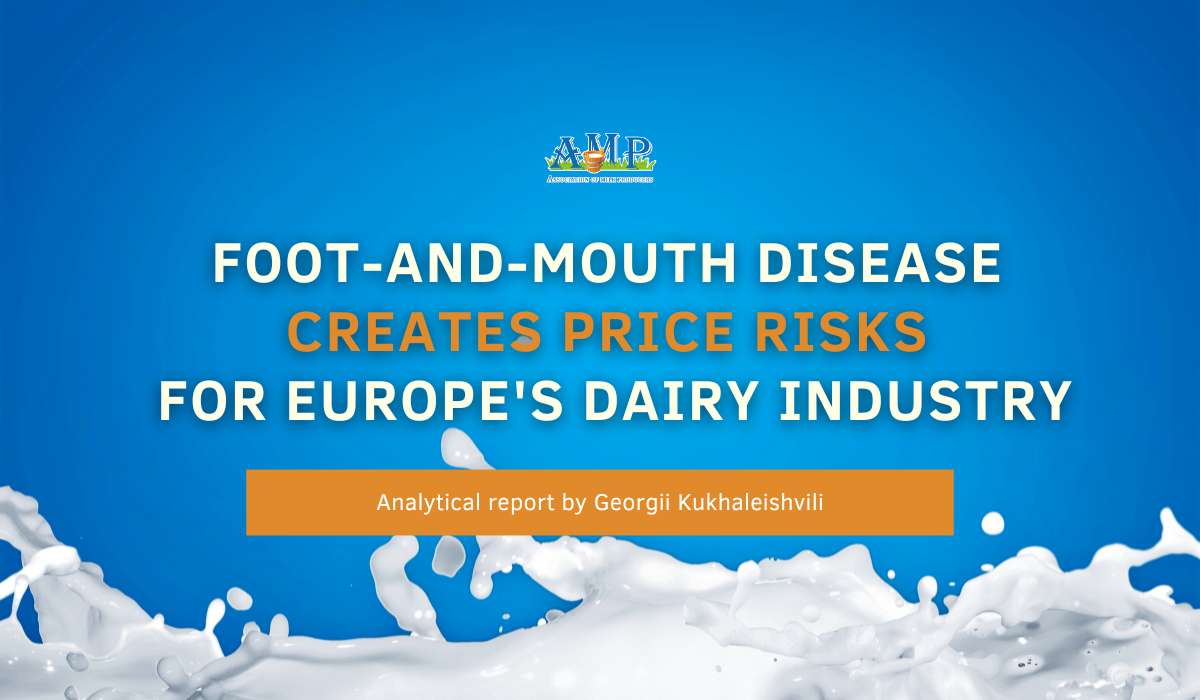
Foot-and-Mouth Disease Creates Price Risks for Europe's Dairy Industry
In March, raw milk prices decreased slightly, despite the seasonal increase in milk yield due to warm spring weather. An outbreak of foot-and-mouth disease in European countries may contribute to a further decline in raw milk prices, according to Georgii Kukhaleyishvili, an analyst at the Association of Milk Producers of Ukraine.
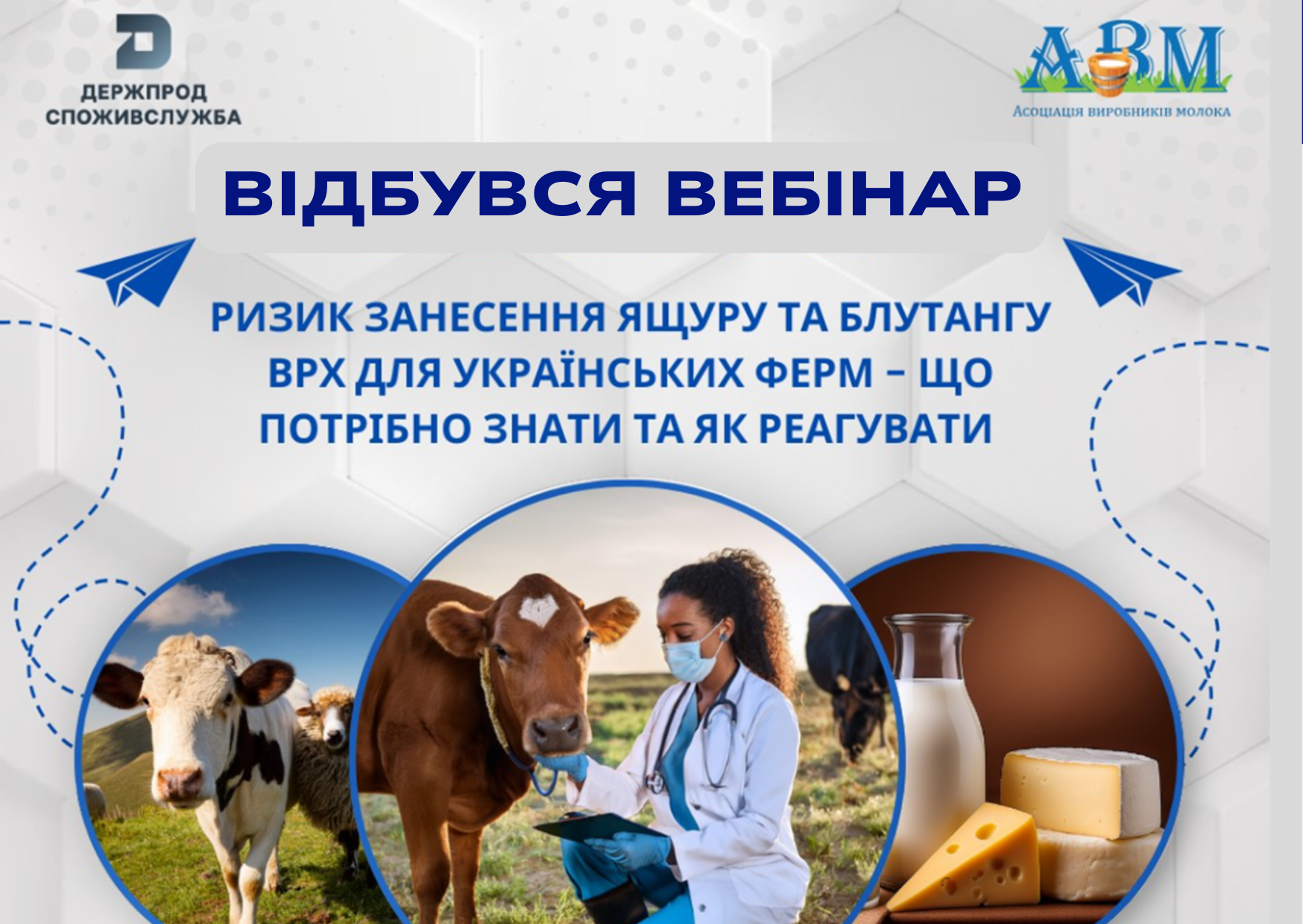
What You Need to Know About Foot-and-Mouth Disease - Discussed at Webinar
On April 7th, an initiative of the State Service of Ukraine for Food Safety and Consumer Protection, the Committee on Food Safety and Veterinary Medicine of the Public Council of the State Service of Ukraine for Food Safety and Consumer Protection, in cooperation with the Association of Milk Producers of Ukraine (AMP) and the Consulting Center of AMP, held a free webinar for the dairy community of Ukraine. The goal was to provide updated information on the spread of foot-and-mouth disease and bluetongue in the EU, the risks for Ukraine, disease symptoms, effective prevention measures, and action plans for farms and local service representatives in case of suspected or confirmed outbreaks.
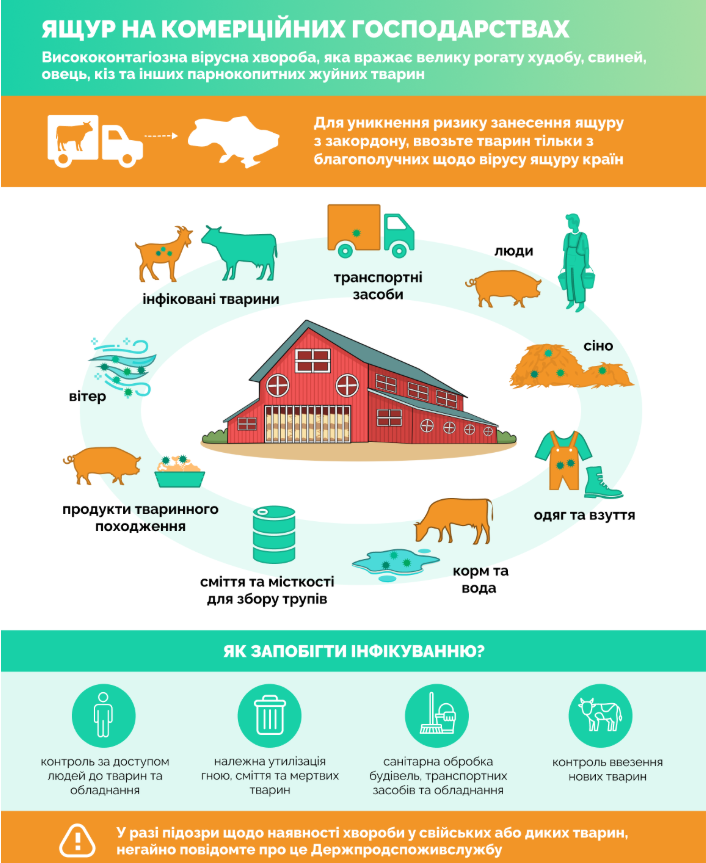
Commercial Farms Must Maintain a Closed Operation to Prevent Foot-and-Mouth Disease
A closed operational regime is a reliable method for protecting livestock from various infectious diseases, including foot-and-mouth disease.
Animals can contract foot-and-mouth disease from wild or domestic animals. Newly acquired livestock should undergo a 30-day quarantine period.
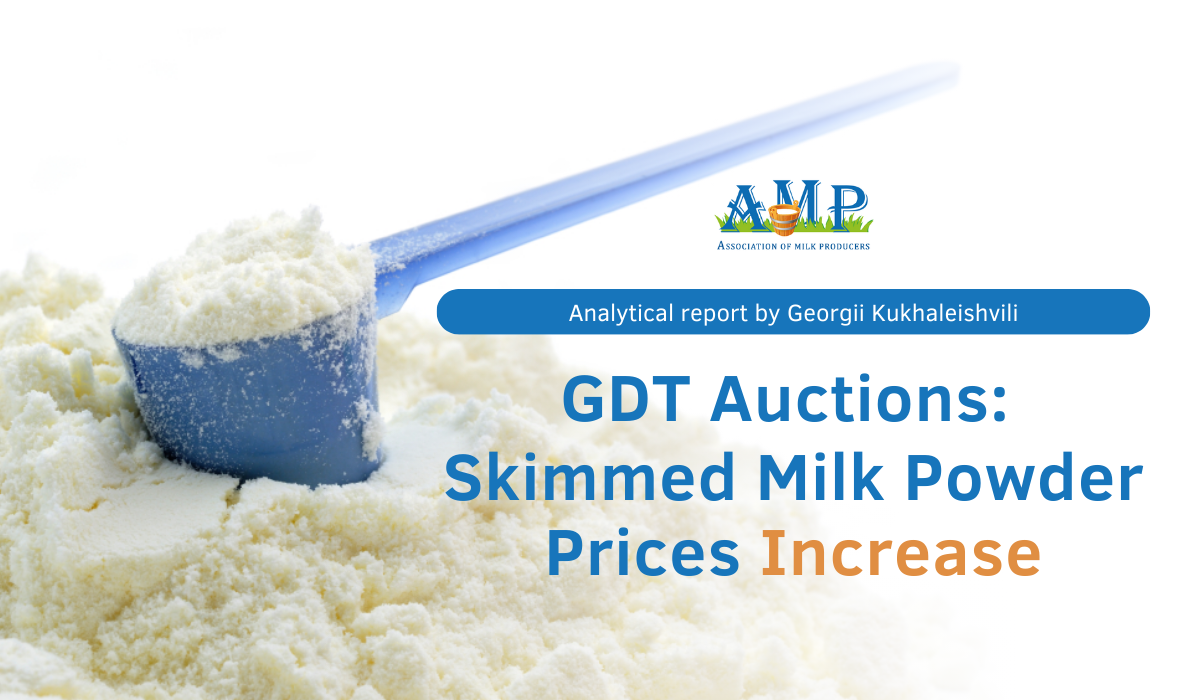
GDT Auction: Skimmed Milk Powder Prices Increase
Following the latest auction session, the price index has increased due to a resurgence in demand for skimmed milk powder in export markets, reports Georgii Kukhaleyshvili, analyst at the Association of Milk Producers of Ukraine.
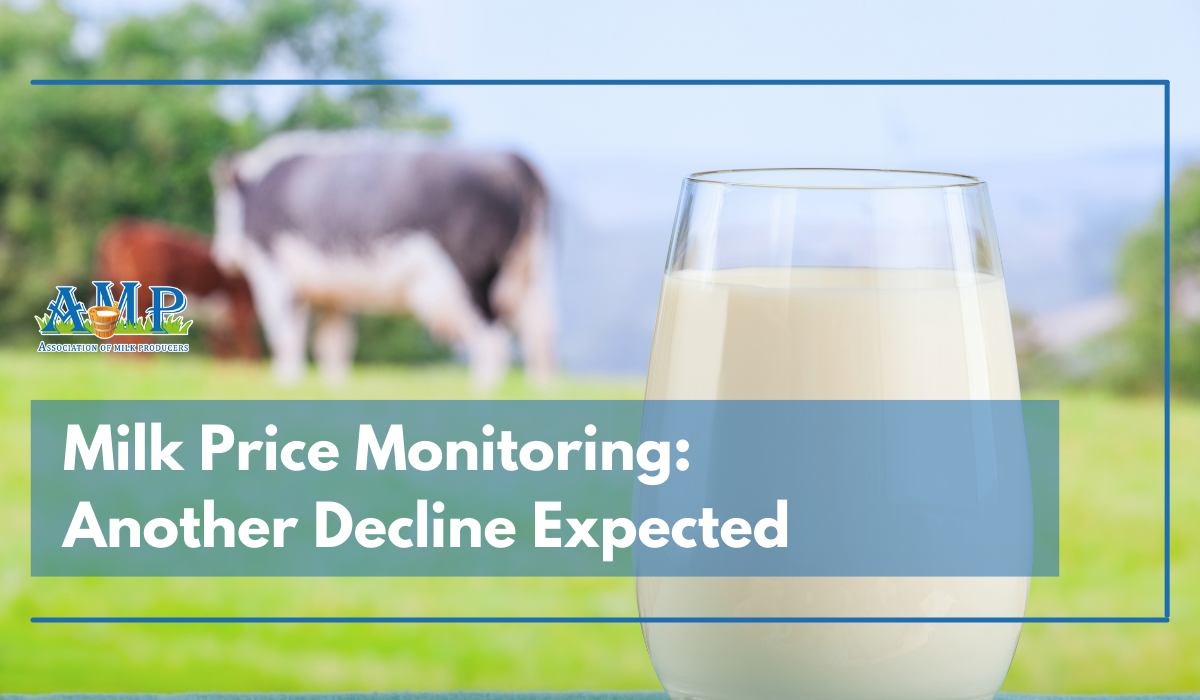
Ukrainian Producers Face Another Drop in Milk Prices
Outbreaks of foot-and-mouth disease in European countries and the cancellation of the preferential duty-free regime by the EU for Ukrainian agricultural exporters create conditions for further reductions in raw milk prices in Ukraine, reports Georgii Kukhaleishvili, an analyst at the Association of Milk Producers of Ukraine (AMP).
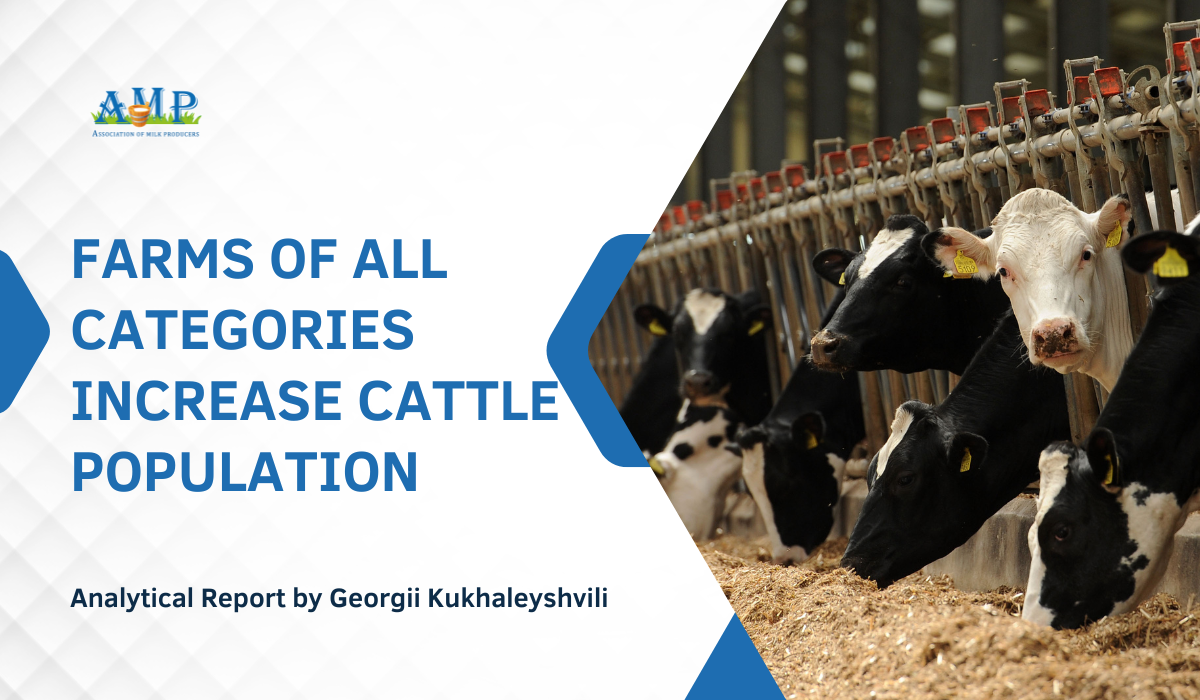
Farms of All Categories Increase Cattle Population
Farms of all categories have increased their cattle population compared to February 2025. However, the number of cows has slightly decreased. Active demand for cattle and beef is observed in external markets, reports Georgii Kukhaleishvili, an analyst at the Association of Milk Producers of Ukraine (AMP).

+10 Vehicles for the Air Assault Forces from AMP Participants
+10 vehicles for the Air Assault Forces (UA Air Assault Forces) provided by the participants of the Association of Milk Producers of Ukraine (AMP)!
Dairy farm owners, including those from war-affected and frontline territories, supported the Ukrainian Agri Council (VAR) initiative “Big Collection for the Air Assault Forces” and purchased much-needed pickup trucks for our military to carry out combat missions and defend Ukraine.
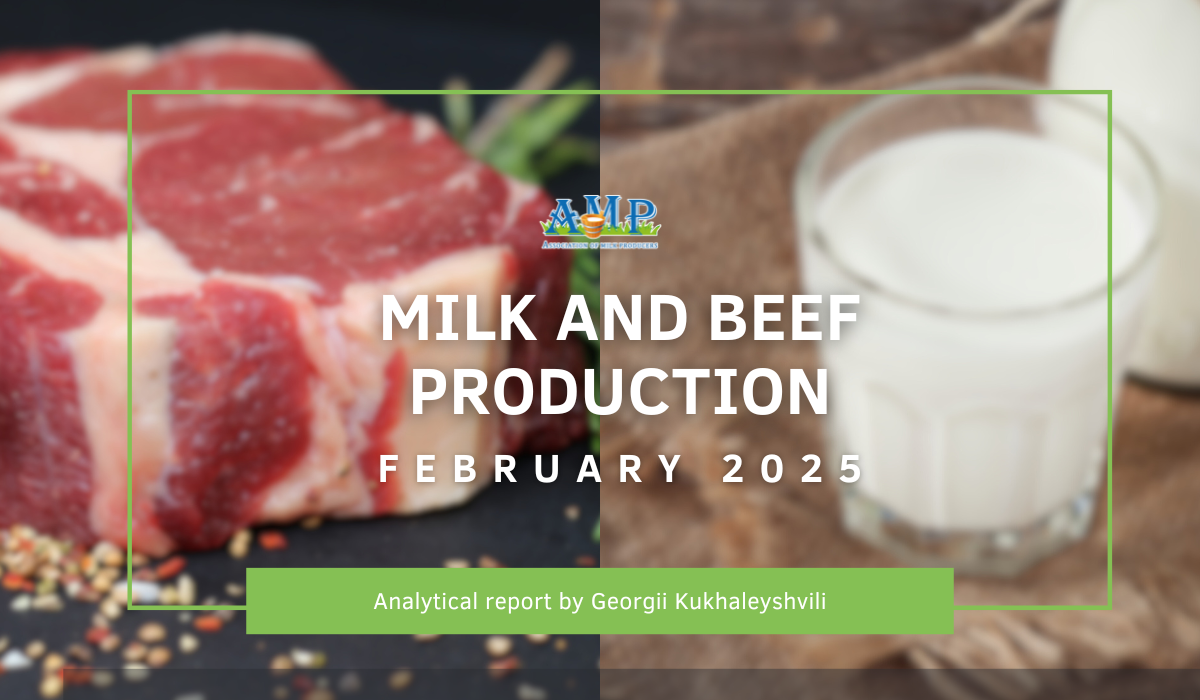
Milk and Beef Production: Analytical Report, February 2025
Dairy farms (DFs) may refrain from significantly increasing milk production in 2025 to prevent further drops in raw milk prices, reports Georgii Kukhaleishvili, an analyst at the Association of Milk Producers of Ukraine (AMP).
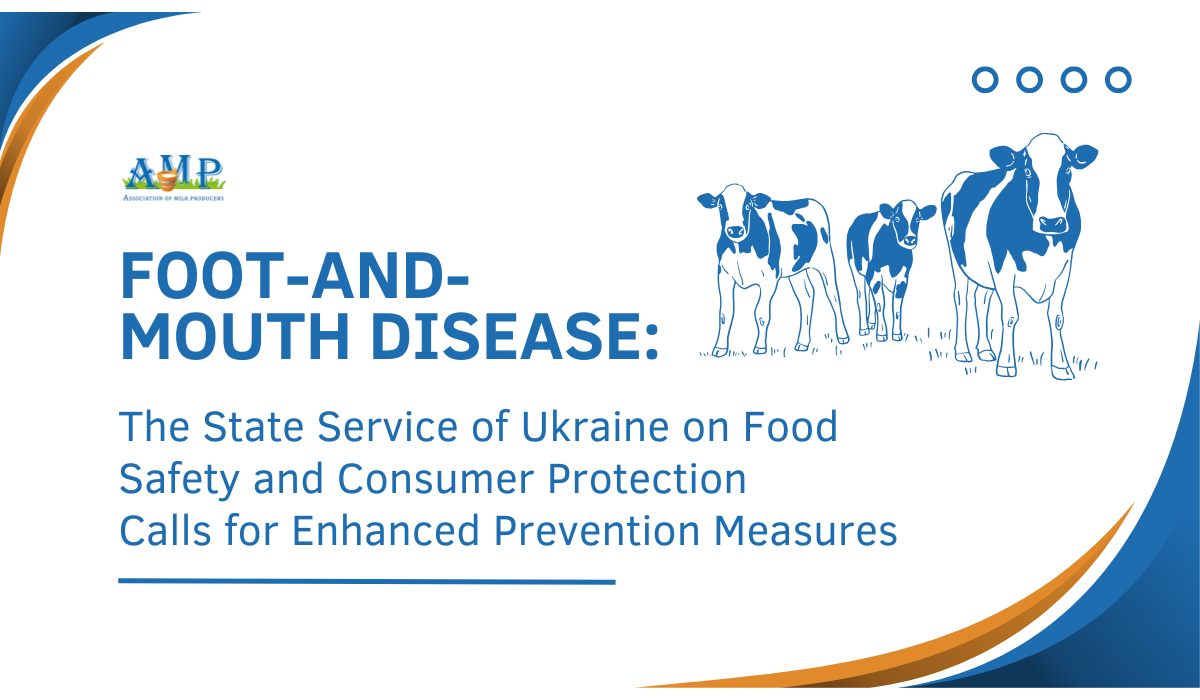
Foot-and-Mouth Disease: The State Service of Ukraine on Food Safety and Consumer Protection Calls for Enhanced Prevention Measures
The State Service of Ukraine on Food Safety and Consumer Protection has urged livestock owners to strengthen biosecurity measures in light of the threat of foot-and-mouth disease (FMD) spread. Concern arose after a recent case of this dangerous viral disease was reported in a neighboring country. FMD has not been registered in Ukraine since 1988, but the regional situation requires increased attention.

